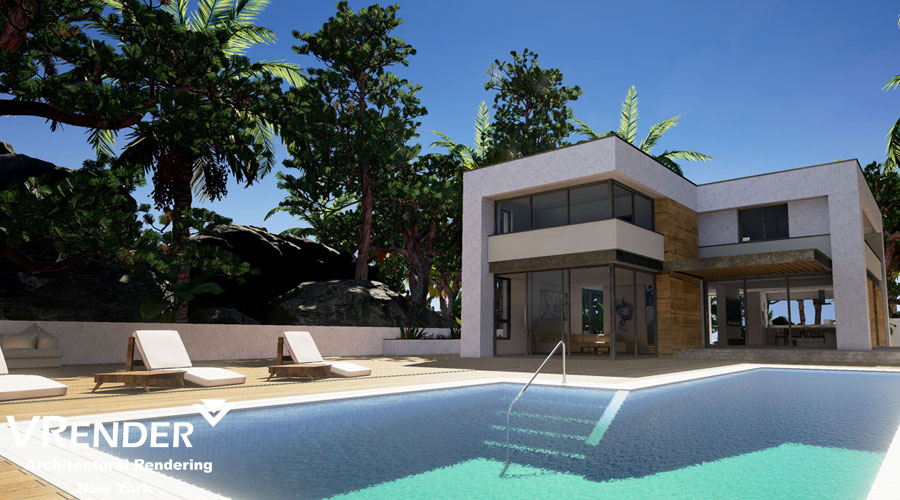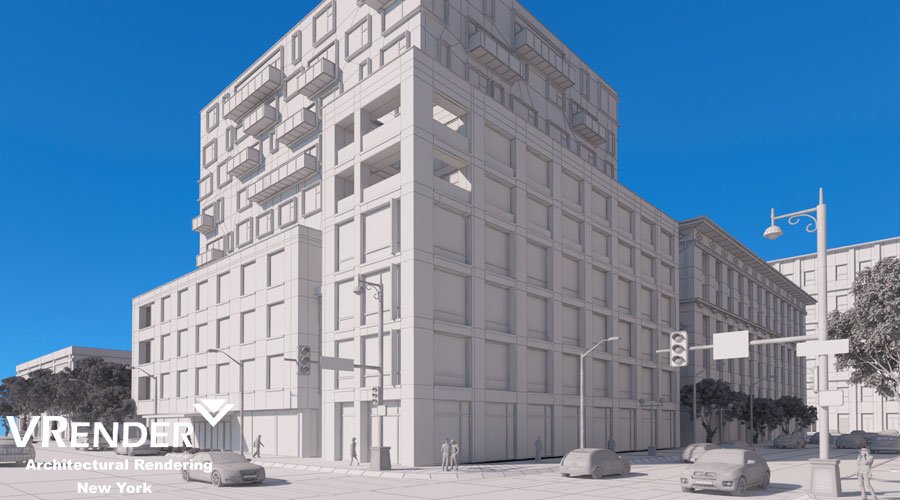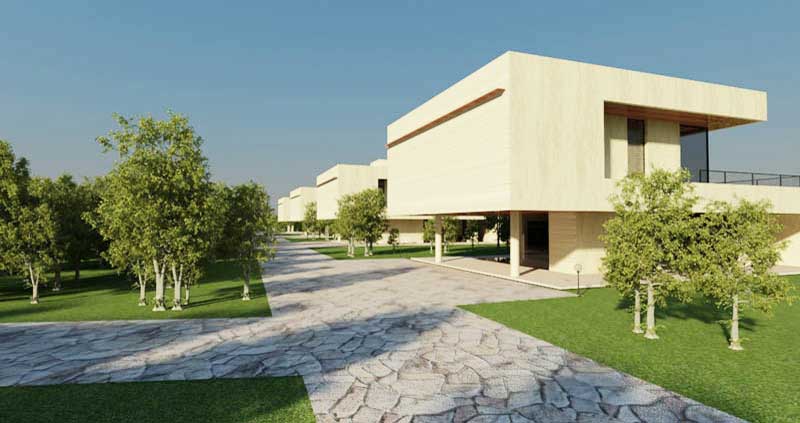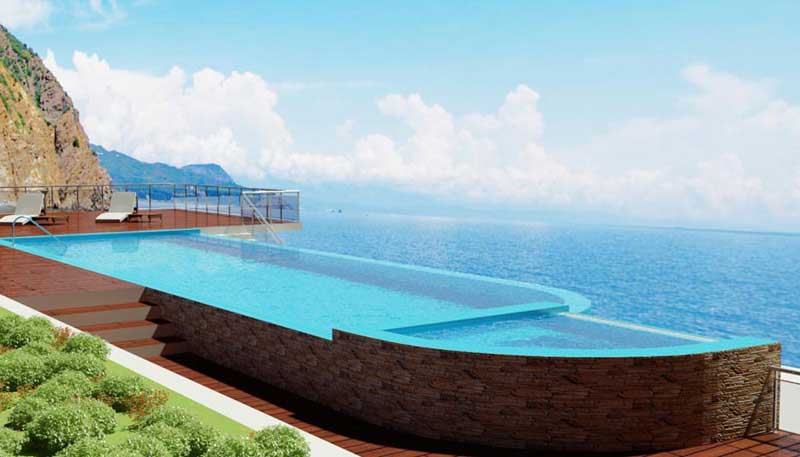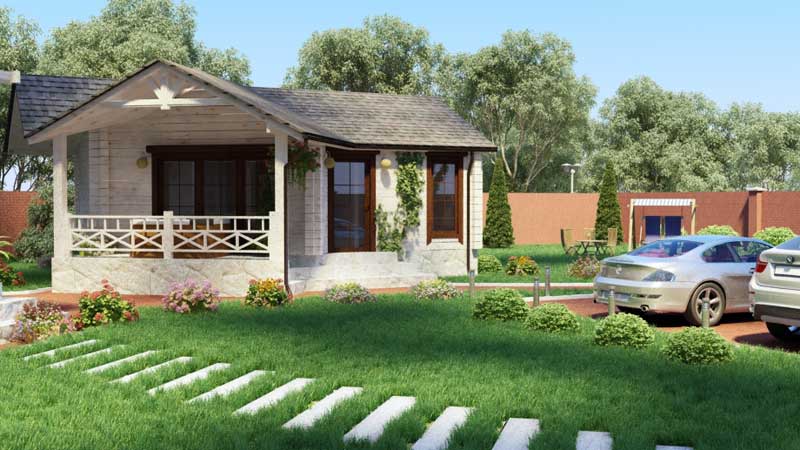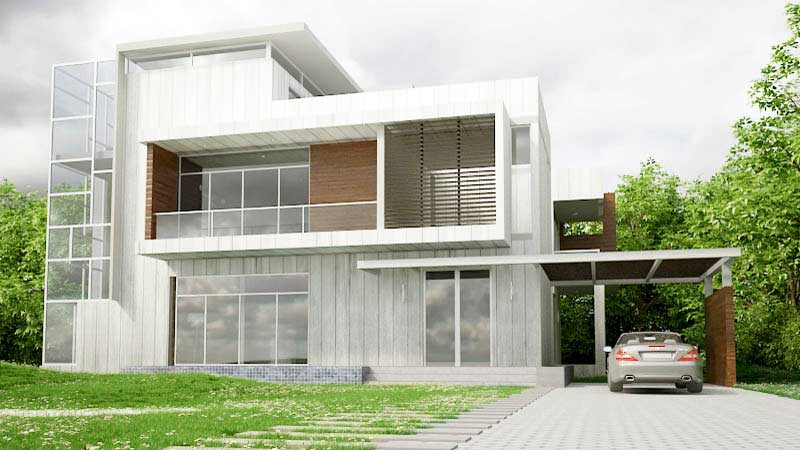“Rendering” – we meet this new and quite intelligible word with ever-increasing frequency. Games, programs, and professions – we have met them everywhere recently. So, what is rendering?
As of today, computer graphics technologies, particularly 3D visualization, are becoming more and more popular. You can study in detail the object’s model with the help of 3D modeling, visualization, and prototyping, to make the necessary changes, to evaluate the ergonomics and functionality, to change the design of a product, to create photo-realistic images, and much more.
What is 3D rendering?
In the broad sense of the word, “Rendering” is a term of computer graphics, which denotes the process of visualization or model imaging with the aid of software. For example, when somebody employs you, this person understands this term as your professional skills in creating 3D graphics, when it is only the last stage of it.
The use of 3D rendering
3D rendering is most often used for demonstration at various exhibitions, presentations, and conferences. 3D rendering allows seeing the original design idea, the future project, or any not yet existing objects or already existing but invisible to us. It allows demonstrating the trends of different goods – from food and its packaging ending with new models of equipment.
3D rendering is also used:
• in printed promotional ads,
• in the creation of videos,
• in architecture,
• in industry,
• at scientific or training projects,
• in online stores,
• during the design of the interiors and exteriors, and so forth.
Stages of 3D rendering
The 3D rendering technology is closely related to three-dimensional modeling because the image will be built in three-dimensional space based on the 3D model. If not to use the 3D model of the product and the programs for 3D rendering but simply to create an image of the product using image editors it will be the usual two-dimensional visualization.
The imaging process is done in several stages:
• the creation of a 3D model of the object,
• the creation of scene of the environment around the object,
• texturing,
• setting the proper lighting,
• camera setup, selection of successful angle,
• adjustment of effects,
• 3D rendering.
Rendering is one of the imaging steps. Rendering allows receiving the final image of a three-dimensional model in a ‘flat’ version. Depending on the complexity of the object and the desired quality of the obtained images, rendering may take a few minutes or dozens of hours. The power of the computer also affects the speed – rendering may be quite a long process, even for a few days, at the old and the weak PC.
Who is engaged in rendering?
The most widespread profession, which requires the knowledge of «rendering», is a 3D designer. The specialist in this area can create everything from elementary banner to computer games models. And sure, enough 3D designer works not only with rendering but with all previous stages of 3D graphics creation as modeling, texturization, lighting, animation and then the stage of visualization is started.
However, 3D designer doesn’t work with mathematical and physical formulae, describing them with the help of a programming language.
Everything will be done by compiling programs (like “3D Max”, “Maya”, “Cinema 4D”, “Zbrush”, “Blender”, etc.) and physical aspects of libraries which have been written (“ODE”, “Newton”, “PhysX”, “Bullet” and so on).
Most Popular Software for 3D rendering (3D visualization) :
• 3Delight
• 3ds Max
• AIR
• Angel
• Arion Renderer
• Artlantis Render
• AutoCAD
• Brazil R/S
• BusyRay
• Cinema 4D
• Final Render
• Fryrender
• Hypershot
• Holomatix Renditio
• Indigo Renderer
• Iray
• Kerkythea
• Keyshot
• LuxRender
• Mantra renderer
• Maxwell Render
• mental ray
• Octane Render
• POV-Ray
• Render DotC
• Render Man
• Rendition
• Sunflow
• Turtle
• V-Ray
• YafaRay
Vrender Company 2016.



